Incidence and management of toxicity associated with ibrutinib and idelalisib: a practical approach
- PMID: 28775119
- PMCID: PMC5622847
- DOI: 10.3324/haematol.2017.164103
Incidence and management of toxicity associated with ibrutinib and idelalisib: a practical approach
Abstract
The use of novel B-cell receptor signaling inhibitors results in high response rates and long progression-free survival in patients with indolent B-cell malignancies, such as chronic lymphocytic leukemia, follicular lymphoma, mantle cell lymphoma and Waldenström macroglobulinemia. Ibrutinib, the first-in-class inhibitor of Bruton tyrosine kinase, and idelalisib, the first-in-class inhibitor of phosphatidylinositol 3-kinase δ, have recently been approved for the treatment of several indolent B-cell malignancies. These drugs are especially being used for previously unmet needs, i.e., for patients with relapsed or refractory disease, high-risk cytogenetic or molecular abnormalities, or with comorbidities. Treatment with ibrutinib and idelalisib is generally well tolerated, even by elderly patients. However, the use of these drugs may come with toxicities that are distinct from the side effects of immunochemotherapy. In this review we discuss the most commonly reported and/or most clinically relevant adverse events associated with these B-cell receptor inhibitors, with special emphasis on recommendations for their management.
Copyright© 2017 Ferrata Storti Foundation.
Figures
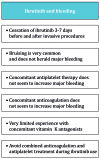
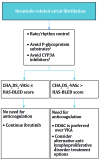
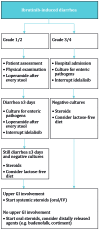

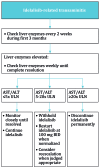
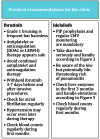
References
-
- de Rooij MF, Kuil A, Geest CR, et al. The clinically active BTK inhibitor PCI-32765 targets B-cell receptor- and chemokine-controlled adhesion and migration in chronic lymphocytic leukemia. Blood. 2012;119(11): 2590–2594. - PubMed
-
- Cheng S, Ma J, Guo A, et al. BTK inhibition targets in vivo CLL proliferation through its effects on B-cell receptor signaling activity. Leukemia. 2014;28(3):649–657. - PubMed
Publication types
MeSH terms
Substances
LinkOut - more resources
Full Text Sources
Other Literature Sources
Medical

